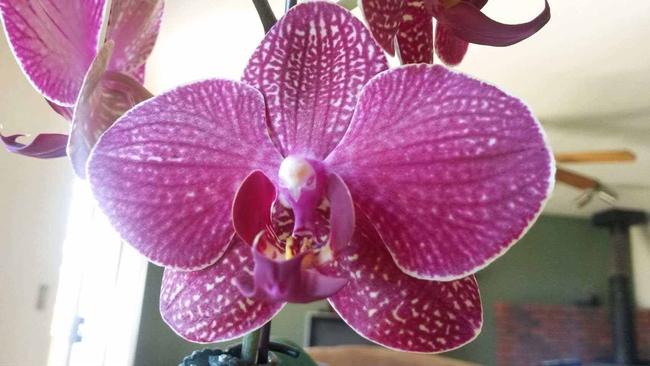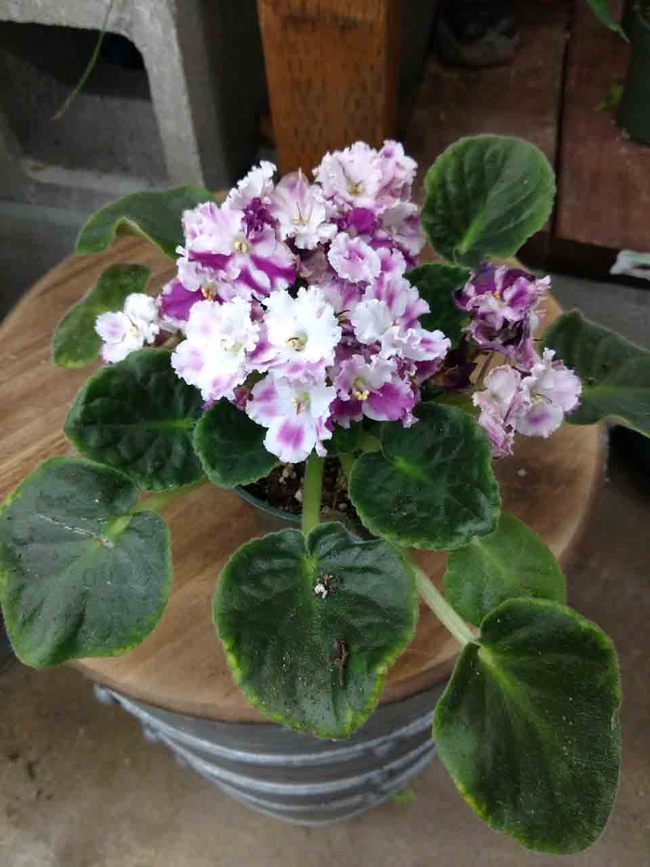How about bringing a new plant home to cheer up these dark winter days? For the avid gardener, houseplants can be an excellent source of greenery and even flowers when the outside garden has gone gray and dormant in the doldrums of mid-winter. The following are some of the best houseplants for the winter “windowsill garden.”
Moth Orchid, Emilee Warne
ZZ Plant, Zamioculcas zamiifolia, Emilee Warne
Red Christmas cactus flowers (Schlumbergera x buckleyi), Laura Kling
Snake Plant or Mother-in-Law's Tongue (Sansevieria spp.). The Snake Plant is a familiar indoor plant that has been re-invented over the decades with the introduction of interesting new hybrids. S. cylindrica, for example, has unique cylindrical upright foliage that has become very popular in homes with modern minimalist décor. S. ‘Black Gold' is a fantastic cultivar that contrasts very dark green-nearly black foliage with a bright yellow margin. S. ‘Silver Queen' is a tall, upright, silvery sword-leafed version of the Snake Plant, great for use as an accent around the home. The Snake Plant is easy to grow – it has low water needs, can tolerate low light conditions, and has few pest problems.
African Violet, Emilee Warne
UC Master Gardeners of Butte County are part of the University of California Cooperative Extension (UCCE) system. To learn more about us and our upcoming events, and for help with gardening in our area, visit our website. If you have a gardening question or problem, email the Hotline at mgbutte@ucanr.edu (preferred) or call (530) 538-7201.



